As I’ve navigated a complex mental health journey, writing has been my anchor. When my life began unraveling, journaling helped me hang on to normalcy and my sense of self. It stabilized me when I was eventually diagnosed with dissociative identity disorder (DID), a mental health condition marked by the presence of at least two distinct personalities. Writing also helped me tease apart conflicting thoughts and emotions during an intense time of therapeutic healing. Then, it helped me create a coherent narrative after I recovered and began to live a happy, fulfilled life. Through writing, I wove a beautiful tapestry from what used to be a jumble of knotted, unkempt threads.
Writing Held Me Together
When I was 35 years old, my seemingly normal life began to fall apart. My happy marriage was on the rocks, and my wonderful children were acting out. Worse yet, my usual, competent approach to tackling problems disappeared. Someone gave me a journal as a gift, so I began writing.
At first, I made lists: What I need to accomplish today. Five things that will help me get through the day. 10 ways to avoid the wrath of my ex-husband. These lists helped me cling to the capable self that was slipping away. I never completed the tasks on the lists because my chaotic inner world would get in the way. Still, they formed the first threads in the tapestry of my healing.
My Words Helped Me to “Meet Myself”
In my early 40s, my writing “let loose.” In place of lists, I began spewing words and incoherent phrases into my journal. I didn’t know where they came from, and I didn’t know what they meant. Oftentimes, they were indecipherable, but occasionally they had an almost poetic quality. The deep poignancy of my words made more sense when I was diagnosed with DID when I was 44 years old.
After receiving my diagnosis, I began to work with a therapist who helped me take great strides in understanding my condition. She encouraged me to continue writing in my journal — and she pushed me not to “edit” the words as they came out, but rather to give the other voices inside me a chance to speak.
Through this process, I was able to get to know the different “parts” I unknowingly created to protect me from chronic early childhood trauma (these “parts,” often referred to as “alters,” are a result of the personality fragmenting in response to sustained trauma). As they wrote more, they had the confidence to speak more. As they spoke more, their trauma began to heal.
Writing Became a Constant In my Life
My parts “integrated” when I was 54 years old. By that time, I was writing poetry and taking pleasure in the imagery my words created. My professional life was growing, and I wrote expository pieces required for work.
Even my spiritual life was evolving, and I wrote sermons to express the work of light inside me and the world around me. I did far less journaling because I no longer needed that unbridled expression, but I continued to put pen to paper to convey words nestled deep within me.
I Hope to Teach Others How to Heal Through Writing
Today, at the age of 73, I am awed by the power of writing. I facilitate two writers’ workshops and host a website for people with dissociative disorders. The poems, essays and memoirs dissociative writers submit for feedback are rich in thought, in the variety of stories they tell, and in the trust they reveal simply by the writers’ willingness to share. I have learned as much from these writers as they have learned from me.
I encourage anyone who is struggling with their mental health to write their way toward healing, too. There is no one way to approach writing, so what I share here are hints. You’ll find your own way.
- Journal: Write what comes. Don’t be afraid of putting your deepest thoughts and most difficult emotions on the page. They won’t hurt you. In fact, they may heal you.
- Find your own rhythm: Experts tell us to set a time to write every day and that’s a good practice, if you can do it. Some of us can’t. Some of us have to wait for the right moment to pick up pen and paper whether it is every morning, every evening, once a week or as the spirit moves.
- Engage with your words: Reread your journals frequently. Sometimes you may find a gem among the weeds. Pull the passage out and give it a special place in your computer file or in your notebook. These gems will form the foundations of your own tapestry. They will remind you that you have something important to say.
- Develop your words: Sometimes you may want to develop a short passage from your journal. If it’s a memory or true story, add setting, character and dialogue. Create a scene so others can imagine it, just like you. If it’s an essay or reflection, dig deeper. Who else thinks the way you do? How can your thoughts impact someone else positively? If it’s a poem, create a file of all your poetry and consider what your heart and soul want to share.
- Find other writers: Read memoirs, books on your topic or volumes of poetry. Join a writers’ workshop in your area or an online group. Other writers can help you with your craft, give you confidence and something to strive for.
By writing, you will be weaving your own tapestry and honoring the life journey you have taken. Whether you’re writing only for yourself or hope to share your writing with others someday, take your pen in hand (or computer) and write!
Lyn Barrett hosts free, virtual Dissociative Writers workshops at www.dissociativewriters.com. Her memoir, “Crazy: Reclaiming Life from the Shadow of Traumatic Memory,” will be released in January 2022. A retired teacher, school principal and pastor, Lyn was diagnosed with multiple personality disorder (now dissociative identity disorder) in 1992.

